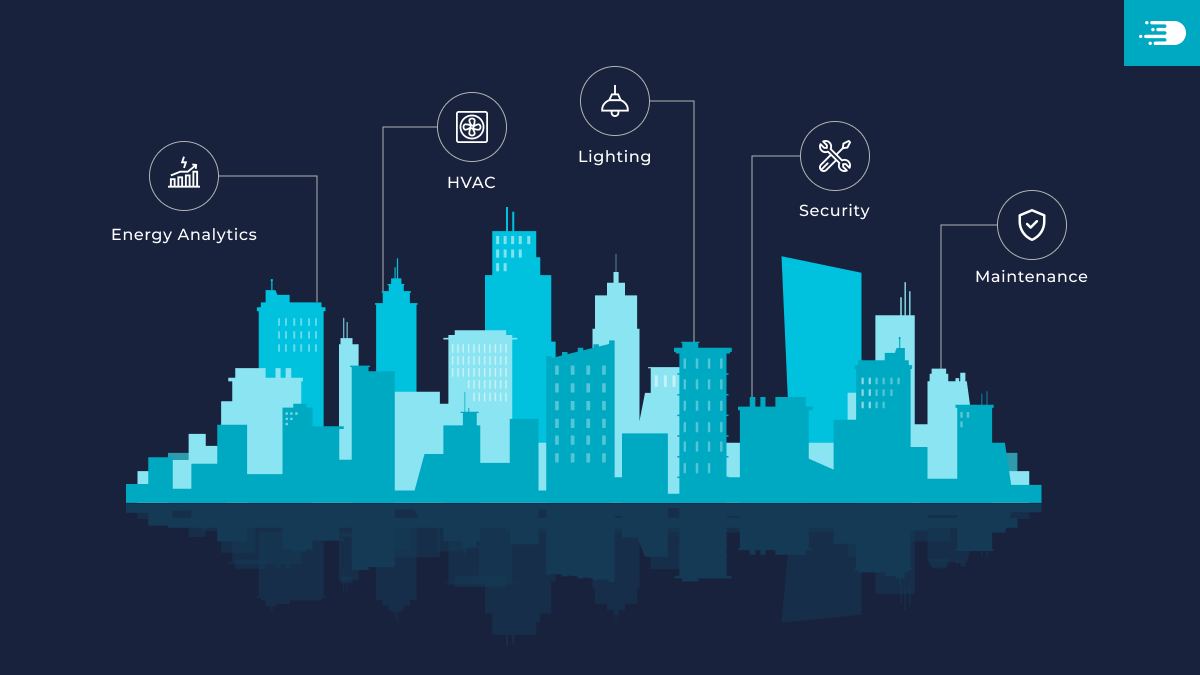According to the 2020 UK greenhouse gas emissions report, published by BEIS, the built environment is responsible for 41.4% of total greenhouse gas emissions, whereby residential, business and public sectors emit 67.7, 59.4 and 7.7 million tonnes CO2e, respectively. So far, business sector had the highest contribution towards carbon reduction target, reducing its emission by 46.8% in 2020, compared to 1990 level.
However, to push businesses more towards sustainability goals, the UK government announced that UK firms and financial institutes must show their intention to tackle climate change and reduce their contribution in global warming by 2023. The announcement was made by Chancellor Rishi Sunak during COP26 conference, held in Glasgow in November 2021.
Consequently, unless your electricity is supplied 100% from renewable resources, you are obliged to report your intentions to confront global warming. Reducing energy consumption and modifying load pattern are the most recommended solutions, as advised by DIREK’s experts.
Using DIREK’s most innovative occupancy determination technology, you would be able to downsize your office space by identifying less-utilised spaces and reduce heating and ventilation power in those specific areas. Furthermore, by promoting tailored HVAC you would be able to reduce your company’s carbon footprint by 30%, towards 2050 net-zero target.
Utilising smart building technologies such as smart occupancy monitoring sensors, CO2 monitors, and indoor air quality monitors within your facilities can further enhance your strategies for energy conservation. These technologies not only support space management but also help streamline environmental monitoring and energy usage, leading to more efficient energy use overall.
Find more about the solution here and make a contact to receive a customized demo considering your needs.

